Square
A square is a four-sided polygon with four right angles and four equal sides. Each interior angle of a square measures 90 degrees, and all four sides have the same length.
Properties of a Square
- Four equal sides
- Four right angles
- Diagonals are equal in length and bisect each other at right angles
- Each interior angle measures 90 degrees
Formulas for a Square
Area of a square: A = side × side (or A = s2)
Perimeter of a square: P = 4 × side
Example
If the side of a square is 5 units, then:
Area = 5 × 5 = 25 square units
[Square] Related Worksheets and Study Guides:
.◂Math Worksheets and Study Guides Third Grade. Division
Study Guide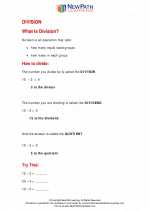 Division
Division  Activity Lesson
Activity Lesson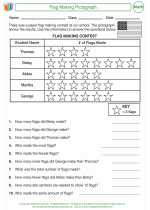 Flag Making
Flag Making  Worksheet/Answer key
Worksheet/Answer key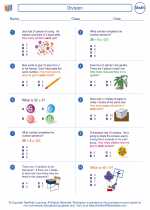 Division
Division  Worksheet/Answer key
Worksheet/Answer key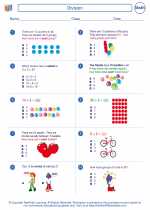 Division
Division  Worksheet/Answer key
Worksheet/Answer key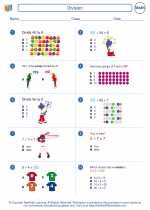 Division
Division  Worksheet/Answer key
Worksheet/Answer key Multiplication and Division
Multiplication and Division  Worksheet/Answer key
Worksheet/Answer key Division
Division  Worksheet/Answer key
Worksheet/Answer key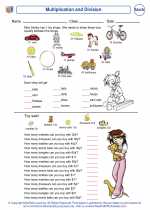 Multiplication and Division
Multiplication and Division 

 Activity Lesson
Activity Lesson
 Worksheet/Answer key
Worksheet/Answer key
 Worksheet/Answer key
Worksheet/Answer key
 Worksheet/Answer key
Worksheet/Answer key
 Worksheet/Answer key
Worksheet/Answer key
 Worksheet/Answer key
Worksheet/Answer key
 Worksheet/Answer key
Worksheet/Answer key

The resources above cover the following skills:
Number and Operations (NCTM)
Understand meanings of operations and how they relate to one another.
Understand various meanings of multiplication and division.
Understand the effects of multiplying and dividing whole numbers.
Compute fluently and make reasonable estimates.
Develop fluency with basic number combinations for multiplication and division and use these combinations to mentally compute related problems, such as 30 x 50.
Develop fluency in adding, subtracting, multiplying, and dividing whole numbers.
Select appropriate methods and tools for computing with whole numbers from among mental computation, estimation, calculators, and paper and pencil according to the context and nature of the computation and use the selected method or tools.
Algebra (NCTM)
Use mathematical models to represent and understand quantitative relationships.
Model problem situations with objects and use representations such as graphs, tables, and equations to draw conclusions.
Grade 3 Curriculum Focal Points (NCTM)
Number and Operations and Algebra: Developing understandings of multiplication and division and strategies for basic multiplication facts and related division facts
Students understand the meanings of multiplication and division of whole numbers through the use of representations (e.g., equal-sized groups, arrays, area models, and equal 'jumps' on number lines for multiplication, and successive subtraction, partitioning, and sharing for division). They use properties of addition and multiplication (e.g., commutativity, associativity, and the distributive property) to multiply whole numbers and apply increasingly sophisticated strategies based on these properties to solve multiplication and division problems involving basic facts. By comparing a variety of solution strategies, students relate multiplication and division as inverse operations.